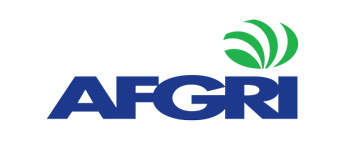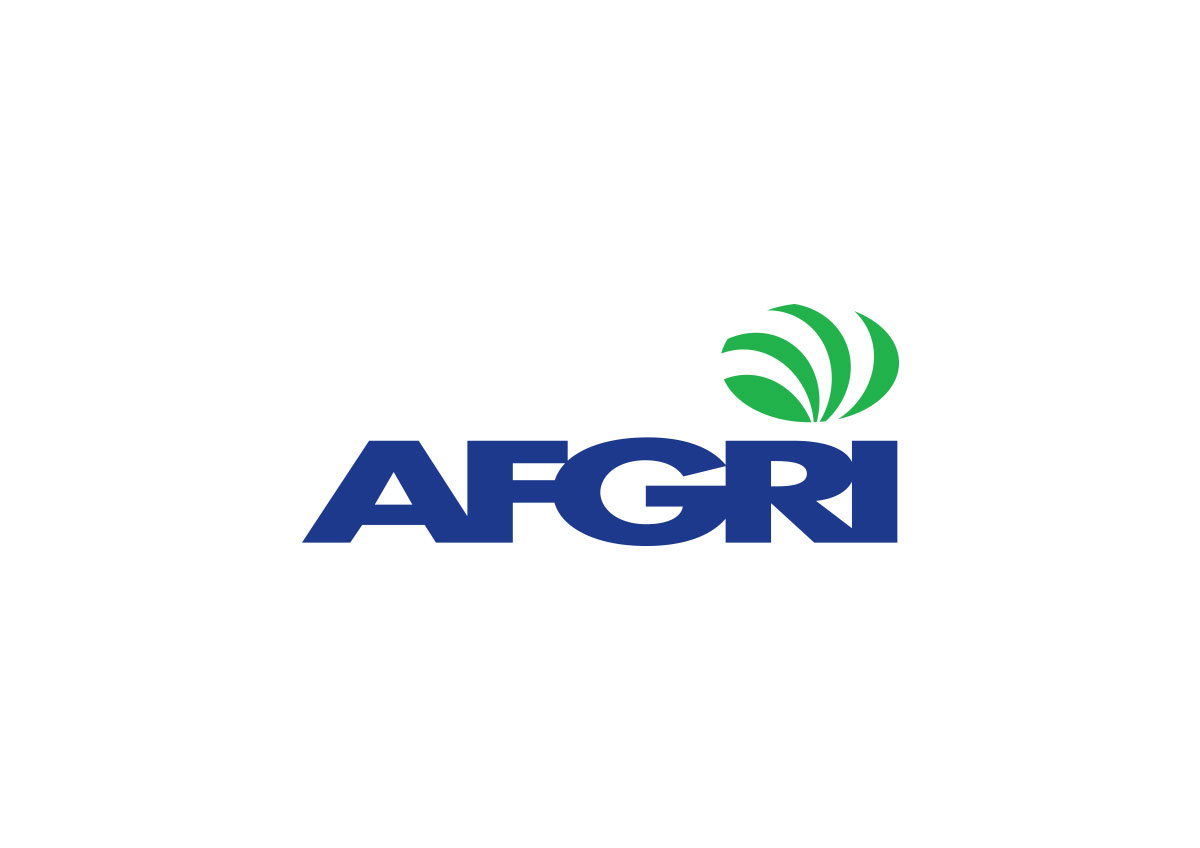The Sunday Mail/Financial Mail – The great chicken rip-off…A third of frozen chickens are just water
SHOPPERS are having the feathers pulled over their eyes when it comes to the R39 billion (US$2,7 billion) per year poultry industry. Chickens are big business in South Africa. Every day, more than 2,7 million chickens are eaten in South Africa — more than one billion a year — making it the most popular and lowest-cost animal protein money can buy.
The vast majority of these chickens, 90 percent, are sold in the form of individually quick-frozen portions, such as drumsticks, thighs and wings, in retailers like Shoprite, Pick ‘n’ Pay and Spar.
But in many cases, 30 percent of what consumers pay for when they buy frozen chickens is simply water, thanks to the controversial practice of “brining”.
If “brining” sounds like a complicated procedure, it’s not: it is simply injecting a salt-water solution with flavourants into the chickens before they are frozen, ostensibly to make them look plumper.
Injected salt solution makes it look better. Walk along the frozen-food aisles of Shoprite, for example, and you will see Rainbow frozen chicken or Astral’s Tender n Tasty Goldi chicken — both with only 70 percent chicken and 30 percent brine, going for around R30/kg.
Most shoppers don’t know they are not getting all they are paying for — a situation made worse by cynical marketers, who have tried to muddy the waters by slapping the label “moisture-enhanced” on the brined chickens.
But is there any need for brining in the first place? Or is it simply a device used by chicken producers, who are under siege from a flood of imports, to protect their margins?
The answer depends largely on who you speak to.
Critics say it is a cynical device used by producers, like the JSE-listed Sovereign Foods and Astral, to plump up their profits and protect themselves from a flood of overseas imports.
On the other side, the producers claim that brine is both a “tenderiser” and “flavour enhancer” that provides a distinct taste and tenderness to chicken pieces. Brining, they say, replaces the moisture lost through the freezing process.
The evidence doesn’t support this.
Maphuti Kutu of Tshwane University of Technology, conducted research that found that injecting small quantities of brine — between only five percent and 10 percent — improved the succulence and flavour of chicken.
There is no scientific justification for the much higher levels of brining we see in South African chicken. This is why some countries, like Brazil, have banned brining entirely. Others limit brining to eight percent of the chicken’s weight nearly a quarter of the standard for South Africa’s chicken.
South Africa has had no such rules until now. From October, new regulations will come into force, imposing a cap of 15 percent brine on individually quick-frozen portions of chicken and 10 percent on whole chickens.
Intuitively, it may seem good for consumers, but the industry is up in arms and has gone to court to stop it happening.
The SA Poultry Association — a 112-year-old organisation populated by the industry establishment, including Astral and Quantum Foods says the new rules will make chicken “unaffordable” for the poor.
Kevin Lovell, the CEO of the association, says the new rules on brining will be a body blow for the sector, causing unemployment to spike in an industry already battling to compete with imports. Lovell says the government simply ignored the industry’s views on the beneficial effects of brining.
“Besides the potentially devastating results on local poultry production and the jobs that depend on it‚ this constitutes an assault on the poor of SA who will now find the price of individually quick frozen chicken unaffordable,” he says. That’s self-serving bunkum, says David Wolpert, the CEO of the Association of Meat Importers & Exporters of SA.
“Brining has resulted in the local poultry industry plumping up their profits by exploiting consumers with up to 40 percent salt water,” Wolpert says.
If anything, he argues, the government (through the department of agriculture, forestry & fisheries) has followed international best practice, taking a stand for “fairness, integrity and common sense” in curbing brining.
And while the poultry producers are frantically spinning the story that consumers will be hurt by these new rules, the opposite is true.
“The new regulations protect consumers’ pockets and, according to many experts, their health. The poultry association’s claim that this would render chicken unaffordable for the poor and shrink the local poultry sector is breathtaking in its utter gall,” Wolpert says. He doesn’t beat around the bush, adding: “People want chicken for their chicken. Salt-water and spin doesn’t feed a family.”
There is an important context to the brining debate, however.
South Africa’s poultry industry has sold the story to the public that it’s teetering on the brink of collapse, and that without being allowed to brine chickens to bulk up their per kilogram weight, its sustainability is at risk. To some extent, they’re right.
Chicken imports are growing rapidly, as countries with dismal economies have sought to dump loads of chickens into receptive markets like South Africa.
Chris Schutte, CEO of South Africa’s biggest chicken producer, Astral Foods, says the problem of dumping arose because customers in some countries only want the breast meat.
This means poultry producers in those countries seek to dump the other parts, like drumsticks and feet, in countries where there is a market at knockdown prices.
Schutte says more than 7,7 million birds were imported into South Africa each week over the past six months. That is about 40 percent of South Africa’s total production of 19 million birds a week. But it comes after a particularly bruising 2015, when poultry imports shot up 21,6 percent to 478 447 tonnes. Imports rose 13 percent this May from April and by an astounding 44 percent year-on-year.
The main source is Brazil, which accounts for 43 percent of all poultry brought into South Africa, followed by the Netherlands (17 percent), and the UK (10 percent). The other 30 percent comes from the US, Argentina, Spain, Ireland and other European Union countries. Schutte says the steep rise in imports means Astral has to introduce “more severe” production cutbacks to manage oversupply.
“The impact of the planned production cutbacks will unfortunately negatively affect the labour force due to the reduction in hours to be worked,” he says.
The impact is devastating: some SA poultry producers are already shutting their doors, or going into business rescue. Add to the mix the severe drought that ripped through the country over the past year and it paints a desolate picture.
The drought meant the price of yellow maize, which is about half the cost of feeding a chicken, has doubled within the past year. Considering that chicken feed is about 65 percent of the cost of rearing a chicken, it was a severe body blow.
Faced with these headwinds, it is no surprise Astral’s share price shed 25 percent in the past year, RCL Foods lost 16 percent and Quantum Foods nine percent. Sovereign, facing internal corporate governance upheavals, gained nine percent.
Scott Pitman, MD of RCL’s consumer division, says imports of frozen poultry continue to grow exponentially, despite the rand having weakened by more than 50 percent over the past seven years, tariffs being imposed on non-EU imports and anti-dumping measures on some EU countries.
Pitman warns, alarmingly, that the SA chicken industry may not be able to survive in its current form for more than eight to 12 months.
“Certainly, the 100 000-plus people employed in the chicken industry — and the dependent maize growing industry — have a lot to lose if a swift and firm solution is not reached very soon,” he says.
It’s a tricky debate, considering government is loath to intervene with international trade agreements; but it can hardly afford to have an already large number of retrenched workers swell further.
On the other side of the coin, imported chickens would help reduce grocery costs — a boon for the man-in-the-street. Amid this industry meltdown, the poultry industry understandably appears to be pulling out every trick in the book to protect itself. This includes spinning the story that imported chicken is “inferior”.
Says Wolpert: “The SA Poultry Association continuously and hysterically attempts to discredit imported chickens as waste, knowing full well that imported chicken quality is far superior to the local equivalent that is literally swimming in water.”
What is clear is that South Africa can expect even more chicken imports. This includes a likely 65 000 tonnes of frozen chicken from the US.
A stand-off between South Africa and America over these chicken imports in the past few months threatened SA’s preferential access to US markets through the African Growth & Opportunity Act.
President Barack Obama’s administration wanted South Africa to remove “anti-dumping duties” on US chicken parts, which had been in place since 2000. South Africa’s trade & industry minister Rob Davies eventually relented, clearing the way for the resumption of US chicken imports into SA, in what he described as a “patriotic sacrifice”.
Besides American chicken, South Africa could also now face a flood from Poland, one of the largest EU producers.
In June, Poland’s deputy minister of agriculture & rural development, Jacek Bogucki, visited South Africa and flew back with a veterinary health certificate giving the green light for chicken to be imported within months.
“The agreement entails the unlocking of the SA market for import of Polish poultry meat — bone-in and mechanically deboned meat, as well as offal,” says Andrzej Krezel, head of the Polish trade & investment promotion section in Johannesburg.
However, Poland, significantly, doesn’t allow any brining of chicken, Krezel says.
Magdalena Rowinska, senior specialist in the foreign affairs office of Poland’s agricultural market agency, says Polish chicken is 30 percent cheaper than the EU average.
But even if the industry is indeed on its knees, duping consumers about brining is not justified. Intriguingly, not all the producers are speaking with one voice on this issue.
RCL, the second-largest chicken producer, which owns Rainbow and Farmer Brown, supports the new regulations. “We support brining as it does maintain the succulence and flavour of the chicken once frozen. However, we believe in brining at levels below what the rest of the industry deems acceptable (and by which) consumers ultimately get more water and less chicken for what they pay,” says Pitman.
With a frankness many of his rivals would do well to match, Pitman says consumers “have a right not to be misled by the excessive addition of brine”.
“We believe taking this stance is in the best interests of SA consumers, as many raise families with chicken as their main protein,” he adds.
Pitman says the cheaper imported frozen chicken products have less brine than many domestic equivalents, are more competitively priced and are perceived by consumers to be of better value. “This means that local producers are not always able to compete,” Pitman says.
Afgri, the agricultural services and foods group, also supports the curbs on brining as “ethical, fair, reasonable and scientifically justifiable”.
However, Afgri’s food business MD Izaak Breitenbach warns that while the new regulations are necessary, the “massive distress” among producers as a result of the dual economic crunch of drought and imported chicken means it’s not the right time to implement them. “It is the wrong time for this to be implemented companies have massive losses. I would think 80 percent of the industry is in a material loss situation,” he says.
Still, it’s hard to see how lower levels of brining which would mean consumers getting more chicken for their rand can be bad for the man in the street.
But Breitenbach says the new brining rules will lead to a 15 percent rise in the cost of frozen chicken pieces. Wolpert agrees that this will be so ultimately, but says producers won’t necessarily have to take a hit as a result.B“All that is required is smaller packs with current chicken levels and less water.”
The SA National Consumer Union says the only purpose of brining is to make consumers believe they are buying a cheaper product. It’s an effect you can replicate by simply marinating chicken, they point out.BIt all comes down to one issue: is South Africa’s chicken market sufficiently competitive to survive without gimmicks like brining?
To many, the answer is no: high food costs, escalating electricity costs and a crowded market mean the cost of producing a chicken is too high.
Wolpert last year characterised the chicken sector as an “increasingly desperate industry aiming to punish SA consumers for its own business woes caused predominantly by its own failings, created by adhering rigidly to a faulty business plan”.
Thabi Nkosi, the chief economist for Agri SA, said on radio recently the country can’t be trying to protect local industry against imports. Instead: “The discussion should be about making them competitive, creating economies of scale and seeing how we can bring down feed costs.”
Of course it isn’t that simple. But cutting out brining is one way to bring a new level of honesty into these discussions.



